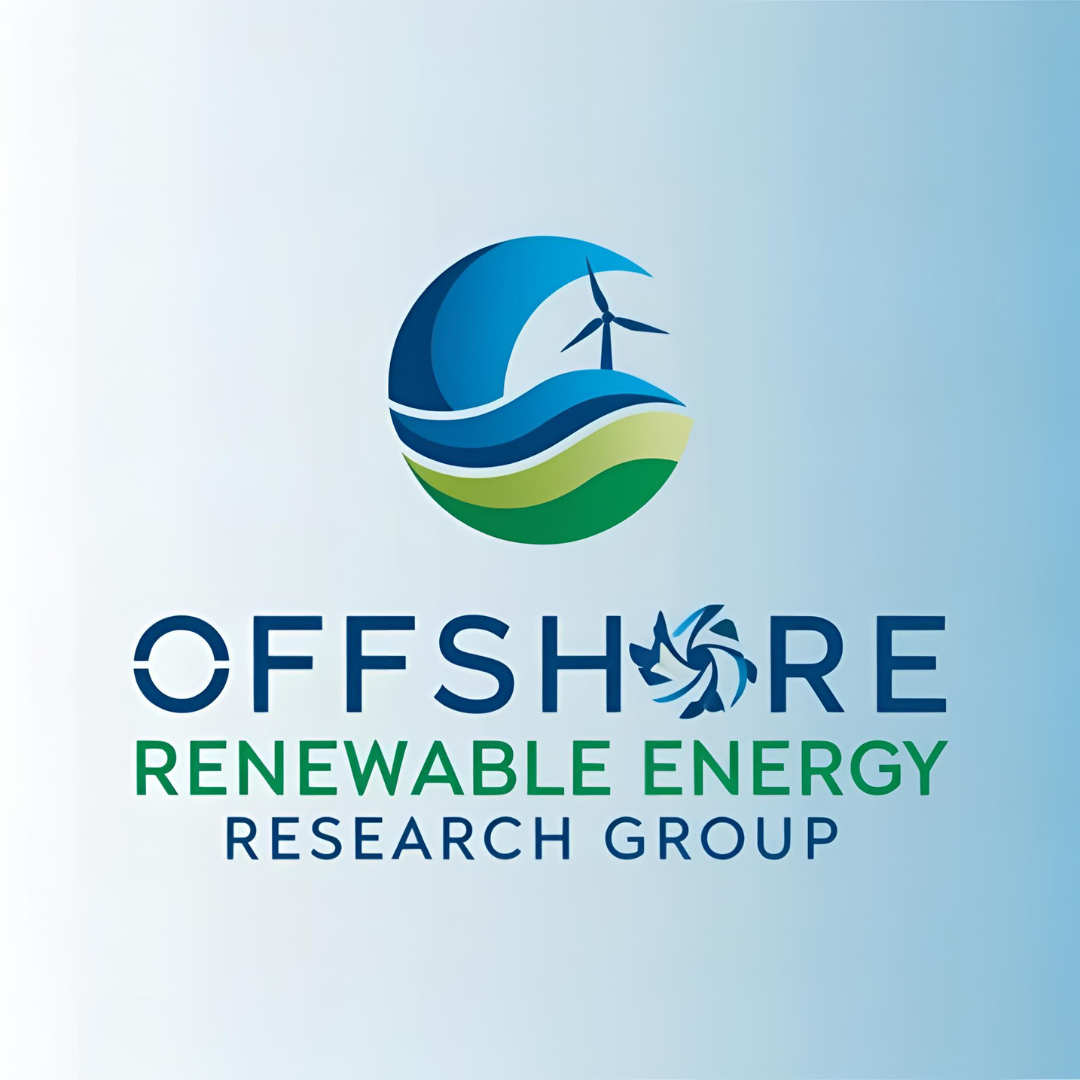Publications
Wet Storage in Ireland: A Research Synthesis
As the world shifts toward more sustainable energy solutions, Offshore Renewable Energy (ORE) is increasingly recognised as a key contributor to Ireland’s energy transition. Ireland’s Atlantic seaboard offers one of Europe’s most promising opportunities for offshore wind energy, with a vast maritime area coupled with ideal wind conditions owing to its strategic location on the edge of the North Atlantic Ocean. Floating Offshore Wind (FLOW) generation has the potential to provide up to 30GW of energy by 2050, surpassing current domestic electricity demand six-fold. A critical factor in realising this potential is wet storage, the temporary nearshore storage of FLOW structures during the construction and installation phase. This is expected to be particularly important in Ireland due to its harsh wave climate, which limits the available weather windows for installation. This study addresses the key uncertainties surrounding wet storage, focusing on identifying suitable sites and tackling the associated technical challenges. Following a comprehensive literature review on wet storage, the research is conducted in two phases: the first phase examines suitable conditions and potential locations for wet storage, while the second phase explores the technical aspects of designing optimal layouts and mooring configurations. Advanced Geographic Information System (GIS) methods are used to analyse the potential sites, incorporating a range of geospatial criteria to account for constraints, restrictions and opportunities in the site suitability assessment. High-level numerical modelling tools and physical wave tank testing methods are employed to evaluate various designs, configurations, and layouts for wet storage. GIS results highlight significant potential for wet storage in the Shannon Estuary and Bantry Bay on Ireland’s southwest coast, with additional limited possibilities in Belfast Lough. The numerical and physical modelling reveal optimised mooring layouts, and the associated forces acting upon them, for various wet storage scenarios. The use of shared anchors in some array configurations is technically feasible at both the Shannon Estuary and Bantry Bay. However, further investigation is needed into anchor uplift forces and array resonance effects to develop robust design guidelines. The research provides key insights into this critical enabler for FLOW deployment in the years ahead, thus laying the groundwork for wet storage as Ireland prepares to harness the vast offshore wind energy potential in its deep Atlantic waters.
- Year
- 2025
- Category
- Report
- Link to Publication
- https://zenodo.org/records/17358100
Abstract
As the world shifts toward more sustainable energy solutions, Offshore Renewable Energy (ORE) is increasingly recognised as a key contributor to Ireland’s energy transition. Ireland’s Atlantic seaboard offers one of Europe’s most promising opportunities for offshore wind energy, with a vast maritime area coupled with ideal wind conditions owing to its strategic location on the edge of the North Atlantic Ocean. Floating Offshore Wind (FLOW) generation has the potential to provide up to 30GW of energy by 2050, surpassing current domestic electricity demand six-fold. A critical factor in realising this potential is wet storage, the temporary nearshore storage of FLOW structures during the construction and installation phase. This is expected to be particularly important in Ireland due to its harsh wave climate, which limits the available weather windows for installation. This study addresses the key uncertainties surrounding wet storage, focusing on identifying suitable sites and tackling the associated technical challenges. Following a comprehensive literature review on wet storage, the research is conducted in two phases: the first phase examines suitable conditions and potential locations for wet storage, while the second phase explores the technical aspects of designing optimal layouts and mooring configurations. Advanced Geographic Information System (GIS) methods are used to analyse the potential sites, incorporating a range of geospatial criteria to account for constraints, restrictions and opportunities in the site suitability assessment. High-level numerical modelling tools and physical wave tank testing methods are employed to evaluate various designs, configurations, and layouts for wet storage. GIS results highlight significant potential for wet storage in the Shannon Estuary and Bantry Bay on Ireland’s southwest coast, with additional limited possibilities in Belfast Lough. The numerical and physical modelling reveal optimised mooring layouts, and the associated forces acting upon them, for various wet storage scenarios. The use of shared anchors in some array configurations is technically feasible at both the Shannon Estuary and Bantry Bay. However, further investigation is needed into anchor uplift forces and array resonance effects to develop robust design guidelines. The research provides key insights into this critical enabler for FLOW deployment in the years ahead, thus laying the groundwork for wet storage as Ireland prepares to harness the vast offshore wind energy potential in its deep Atlantic waters.


